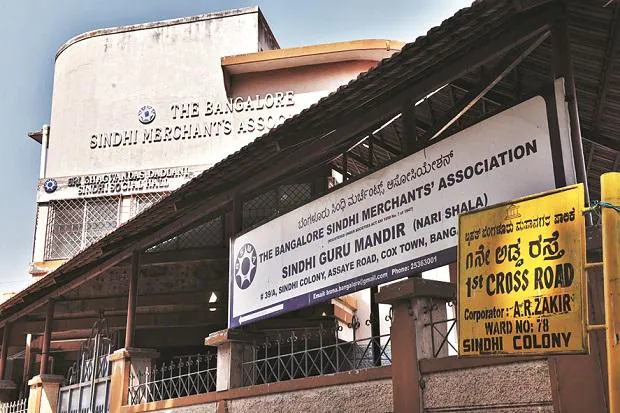
The resilient community immersed itself in its new environment and soon became leading traders and merchants in the city.
Aliyeh Rizvi
Far from an ancient city built by the Mirs on the east bank of the Indus River is the reclusive Sindhi Colony in Cox Town. This quiet residential area with modest houses is located right opposite the Indian Gymkhana at the intersection of Wheeler and Assaye Road. The temple, Sindhi Association, Sindhi Primary School (1954) and the Sindhi Social Hall (1957), a community hub for celebrations, marriages and festivals like Holi and Guru Nanak Jayanti, are also set within its precinct, making it the insular community housing colony it was intended to be. Not many know therefore, that just two generations ago, its inhabitants arrived in Bangalore after an arduous journey from historic Hyderabad in Sindh. They were Hyderabadi’s, distinct from other Sindhi communities like the Bhaibands, Aamils and Shikapuris.
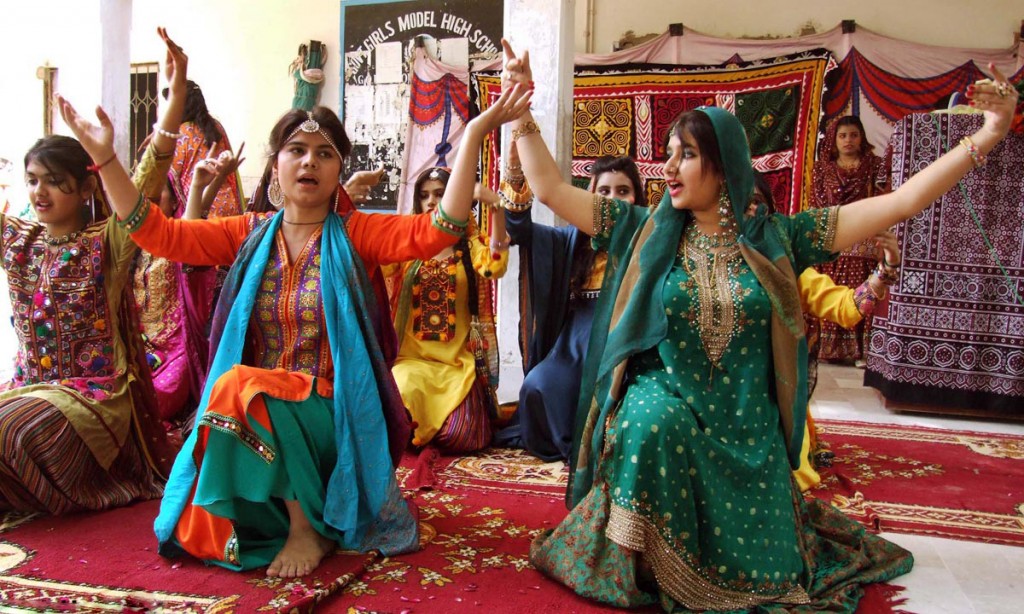
From another land
“Most of us arrived here around 1947-1948 after Partition, with virtually nothing in our pockets.” recalls Ashok Daryanan. “My father had only Rs. 8000 with which to re-establish a livelihood and re-build our lives. We crossed over to Bombay. Many of us then moved to Goa where we first heard about Bangalore. We were told it was a good place for business.” Others followed the same route and soon arrived at a town they had been told was cheap to live in, offered business potential and above all, had excellent weather. According to residents, the supportive state Government marked out the area with subsidized rates for the new immigrants. The Sindhi Co-operative Housing Society was established so they could buy land, allot sites to community members and take loans to build single story houses. The only change since then is that the houses have now grown vertically.
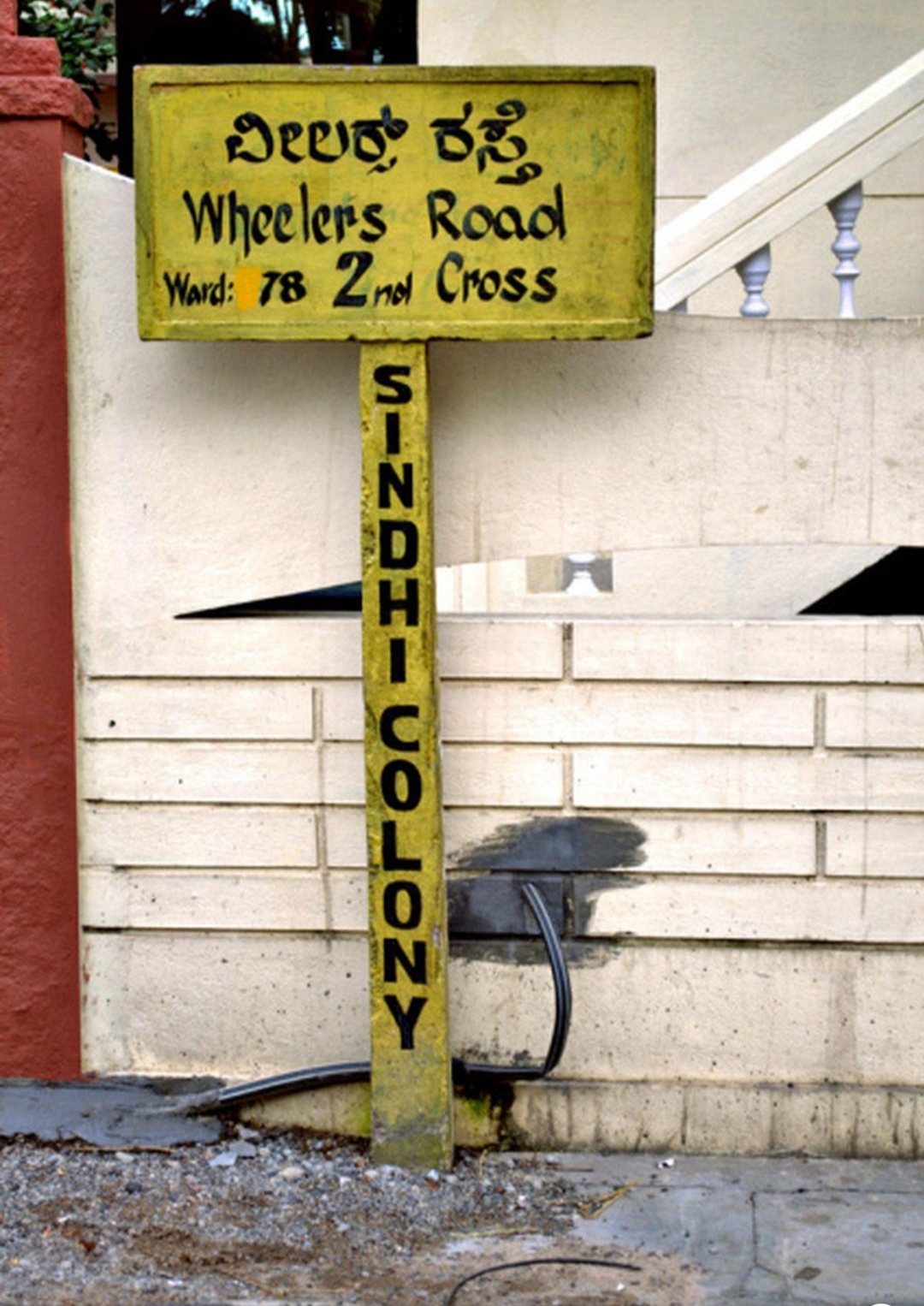
The Hyderabad they left behind is said to have been a glorious city with a strong Sufi tradition. It was built in 1768 on the banks of the Indus by Mian Ghulam Shah Kalhoro, who also built the beautiful fort, Pucco Quillo, making it one of the largest military garrisons in the region. But the fortunes of Hyderabad came to an end in 1843. The Talpur Amirs lost the city to the British and thousands lost their lives when the city was plundered. The Mirs were exiled to Burma and Rangoon, never to see Hyderabad again. The city was added to the Bombay Presidency. A century later, it witnessed turmoil once more, when its people left to cross the new border into India in 1947 and make this quiet colony their home away from home. For a new generation in the colony, Hyderabad is now just an imagined homeland, far away in more ways than one. It is located only in the fading memories of community elders and their stories. For someone as rooted as I am in Bengaluru, this concept is unimaginable.
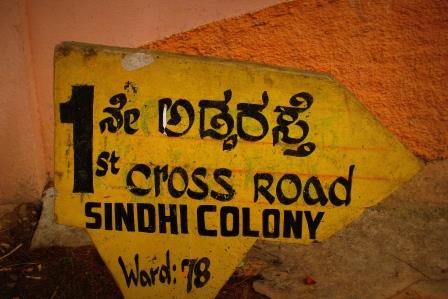 While Bangalore, still a small British Cantonment during the 1940’s had been envisioned by Pandit Jawaharlal Nehru as a `model city’ for India, it was still a far cry from Hyderabad, the pre-Partition `Paris of India’, second largest city in the Sindh province whose streets were said to have been washed every day with river water. But the assimilation was quick and the community says it was happy in this small yet orderly town in South India. “We swam in lakes and played `Gilli Danda’ on empty streets with no traffic. We also went to the best schools in the area like St. Germains and St. Josephs” says Harish Mirpuri. A few moved from the Eurasian influenced Wheeler Road area in Cox Town (named after Sr. General John Cleveland Wheeler) to more affordable localities like Malleswaram and Seshadripuram. In the process, Bangalore was also introduced to sai-bhaji-chawal, koki, kadhi and dal-pakwan.
While Bangalore, still a small British Cantonment during the 1940’s had been envisioned by Pandit Jawaharlal Nehru as a `model city’ for India, it was still a far cry from Hyderabad, the pre-Partition `Paris of India’, second largest city in the Sindh province whose streets were said to have been washed every day with river water. But the assimilation was quick and the community says it was happy in this small yet orderly town in South India. “We swam in lakes and played `Gilli Danda’ on empty streets with no traffic. We also went to the best schools in the area like St. Germains and St. Josephs” says Harish Mirpuri. A few moved from the Eurasian influenced Wheeler Road area in Cox Town (named after Sr. General John Cleveland Wheeler) to more affordable localities like Malleswaram and Seshadripuram. In the process, Bangalore was also introduced to sai-bhaji-chawal, koki, kadhi and dal-pakwan.
Agents of change
Like other migrant communities here who were catalytic agents of socio-economic change, the resilient Sindhi community immersed itself in its new environment and soon became leading traders and merchants in the city. Today, they are as Bangalorean as Bangaloreans can be and contribute extensively to the age old cosmopolitanism that the city is known for. Well known entrepreneur and philanthropist, Manohar Chatlani says his family business, The Favourite Shop, has been in existence on Commercial Street for more than 60 years. Many Bangaloreans who were raised here in the 80’s have also spent their childhood eating fresh khoa, khalakhand, jalebi’s and crisp samosas at Bhagatram Sweets right opposite, succumbing to the latest fashions at Kids Kemp on MG Road and buying Archies Cards covertly for Valentine’s Day at the long gone Topaz.
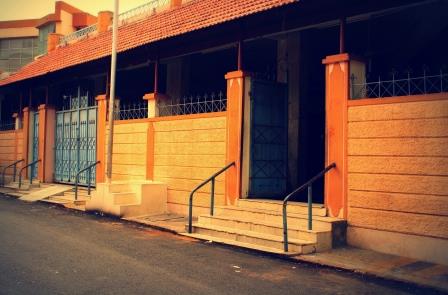
The community also gives back to the city that sheltered it.Hidden within the Sindhi Colony are generous donors who quietly take care of the less fortunate. The Seva Free Clinic nearby provided free medicines and consultation while the Have a Heart Foundation guided by Manohar Chatlani has supported over 4565 heart surgeries since its inception. This morning, as I sit in their office, people from all communities, some from as far as Bangladesh are being interviewed for approval. Some cry, some smile and some have stories to tell of poverty, increasing hospitalization costs and long journeys from their villages.
“Charity cannot be restricted to just our community alone” says Manohar Chatlani. Everyone at the table agrees. Clearly, the Sindhi Colony is at the heart of Bangalore in more ways than one.
“The next day I sat down, and listened to the Story of the ‘Vairagis.’
Their salmon-colored clothes were covered with dust.
The lonely ones never talk to anyone about their being.
They move about unmarked amongst the common folk.”
– Shah Abdul Latif Bhittai (1689-1752), a Sufi saint, mystic and prolific writer of Sindhi poetry.
_________________
Courtesy: The Hindu – Aturquoisecloud
_________________
Courtesy: The Hindu